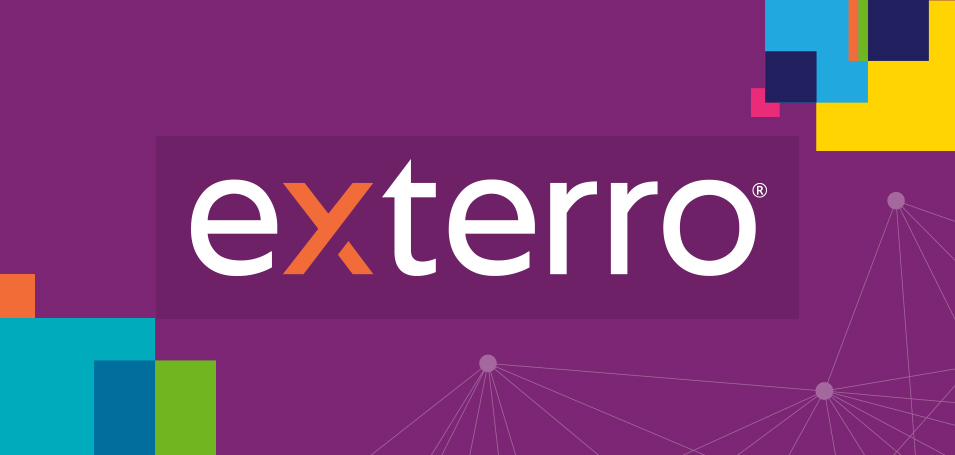During the pandemic, companies that had traditionally relied on in-person instructor-led training (ILT) had to rapidly rethink things. They had to shift quickly from ILT to vILT – virtual instructor-led training. And they had to pull off this transition as rapidly as possible.
Gradually, the world appears to be returning to normal. However, though some learning businesses may reverse things, and move wholesale from vILT back to ILT, many won’t. For one, the shift from ILT to vILT was underway even before the pandemic. In 2018, vILT accounted for 10.2% of training hours. This grew to 15.4% in 2019. And from 2020 to 2027, virtual classroom adoption will experience a growth rate of more than 17.5%.
Moreover, the pandemic has shown many people that vILT can be a highly effective and streamlined mode of learning. Now that customers and users have seen the success of digital learning, many will demand long-lasting forms of remote learning.
As a senior manager of Onboarding Success here at Thought Industries, I’m working with customers every single day to creatively conquer problems and deliver world-class learning experiences. Prior to my current role, I spent over seven years at the International Institute of Learning where I initiated long-term relationships with multiple Fortune 500 companies in the area of assessments and blended learning.
It seems the right moment to ask: How can companies swiftly and effectively transition to remote learning quickly? Here are eight common questions, and my answers. I hope you find these useful to your ILT to vILT journey!
1. If you rely on instructor led training, how can moving training online counter current market conditions?
Transitioning to remote virtual training can be an effort-intensive process. First of all, don’t panic and convert everything to video. The operational phrase is “move what matters.” Take a step back and prioritize the immediate need.
- What’s necessary for this or next month?
- What courses are in most demand?
- What will be canceled?
- Which of your professional training are the biggest money makers?
If you’re looking to protect income in the short-term, interactive webinars are the easiest delivery channel to replicate the classroom experience. Make sure to deliver relevant, significant content. 38% of attendees report that content ranks as the most important factor in a webinar. Also, because it is less personal, give learners a bonus, perhaps on-demand content, self-paced exercises, books, etc.
One of the commonly implemented virtual training best practices when graduating from ILT to vILT is to deliver training and content via a webinar series. Rather than stuffing everything in a single session, breaking things down and presenting them as a series of webinars and content that will satisfy your course curriculum.
2. If you substitute a webinar for a classroom session, will you have to give rebates?
It depends. If the learner registered for a certification or CEUs, it’s likely that maintaining the price of the ILT session will not be an insurmountable problem. They’ve already paid, and they need the outcome, either as a job or career prerequisite. As mentioned before, it would be a good idea to include some extras to offset the differences.
In other cases, simply providing pre- or post-webinar bonuses may not be enough. In these scenarios, you should proactively offer a credit or a rebate if the learner desires. Better to be proactive and get the goodwill associated with it.
3. Is the ILT instructor the right choice for a webinar or vILT class?
If you’re moving training online from the actual training room quickly, you probably don’t have the option to get a new instructor.
Most classroom instructors seem to warm up quickly to webinars and vILT, primarily because most instructors don’t want to travel. This further fuels the shift from ILT to vILT.
Of course, it depends on the person, but some find it to be their sweet spot. They enjoy presenting and driving engagement in this shorter time period. Most webinar platforms have engagement metrics to help fine-tune the presentation.
4. How can a webinar approach be optimized?
At the end of the day, it’s the customer experience that counts. Focus your efforts on:
- Creating engagement and driving interactivity makes it a better learning experience. Whether it’s basic introduction to their roles or advanced virtual training on customer service, you need to keep them from multi-tasking and reading their email. It’s a combination of content and presentation. Ask more questions and create discussion. Breakout sessions are an excellent way of connecting with learners.
- Break down the content into smaller, more compelling modules. Folks can’t sit through an 8-hour webinar. Take a topic at a time and ensure a positive, engaging experience.
One upside is that you could promote these webinars beyond just your ILT registrants. The majority of your target audience now work from home and many have increased their daily screen time. Why not make this an opportunity to expand their horizons, help them learn a new skill, or get certified?
5. What are some of the dangers of moving from ILT to vILT?
Perhaps the biggest danger is taking on too many professional learning courses. Throwing 20 lines in the water to catch one big fish doesn’t exactly constitute one of the virtual training best practices. Probably three courses are as much as you can handle right now. Pick the ones that are your sweet spot. You’ll learn a lot from the first three.
Stick to what you know you do really well. This will guide you to be successful. Passion works best.
This may be the first time some of your learners are working remotely, and they may not be entirely comfortable. Try to promote community and camaraderie among attendees.
6. What are the next steps – after you’ve addressed the immediate pain of moving from ILT to vILT?
Moving to blended learning is certainly the right thing to do. Both enterprises and people are transitioning from ILT to vILT and hopefully getting these webinars together will give you a kick start.
Here’s one good reason – online learning is more profitable in the long run.
Here are some thoughts:
- Video is harder. It’s a lot more than just turning on a camera at the back of the room. There’s a ton of production time and editing, which adds to the complexity, time, and cost. Offsetting this is that the resulting video has a shelf-life. It can be reused and repurposed, but will quickly show its age.
- If you do decide to go the video route, three hours is the absolute maximum length for course material. Preferably, it’s microlearning, from two to ten minutes per module.
- Short videos are effective as a follow-up or precursor to training, and a great way to engage learners as they move from ILT to vILT.
- Earlier, I mentioned concentrating on creating engagement and driving interactivity. This is essential no matter what the delivery method. Consider pre-course materials like a survey or knowledge assessment. This will help the instructor understand knowledge gaps and preferences. Perhaps a pre-read that will promote questions and discourse. Create a culture of learning.
- Continue the conversation after the live event with post-event discussions or materials. This deepens awareness beyond a one-off experience into a journey with long-term benefits to the learner.
- Webinars are also a great way to test new content. Put it on the website, test the waters.
7. What learning technology do we need to be successful?
If all you’re doing are a few webinars, that technology is sufficient. However, if you’re doing a lot of them and you’re going to move from ILT to vILT or adopt blended learning, videos and eLearning, (and we certainly recommend this), then you most likely won’t be successful without a modern learning management system or LMS.
A modern learning platform gives you a learning environment that engages customers and the scalability to reach many more learners faster and at a lower cost.
The Online Learning Platform:
- Can create and follow learning paths and suggest next steps. This drives repeat and cross-sell customers
- Makes it easy to dynamically develop and change content
- Provides certification, credits, and other learner engagement tools, like gamification and badging
- Accommodates many customers
8. What final advice do you have for these training companies and organizations who cater to customers, employees, partners, or association members?
This is a tremendous opportunity and you should be ready to dive in. There is a huge market for vILT or blended learning in your marketplace. And, as was said earlier, moving away from ILT to vILT is complicated. But it is much more profitable in the long term and should be a part of your learning strategy for good.
Additionally, we are likely to see less travel and redefined work responsibilities for some time. Online learning can satisfy the needs of both workers and companies, helping to make this new world more successful in a shorter amount of time

Watch a replay of our webinar, “3 Steps to Transition from In-Person Training to Remote Learning,” hosted by our CEO, Barry Kelly, and demo use cases provided by Jonathan Ledden, our Director of Customer Success



